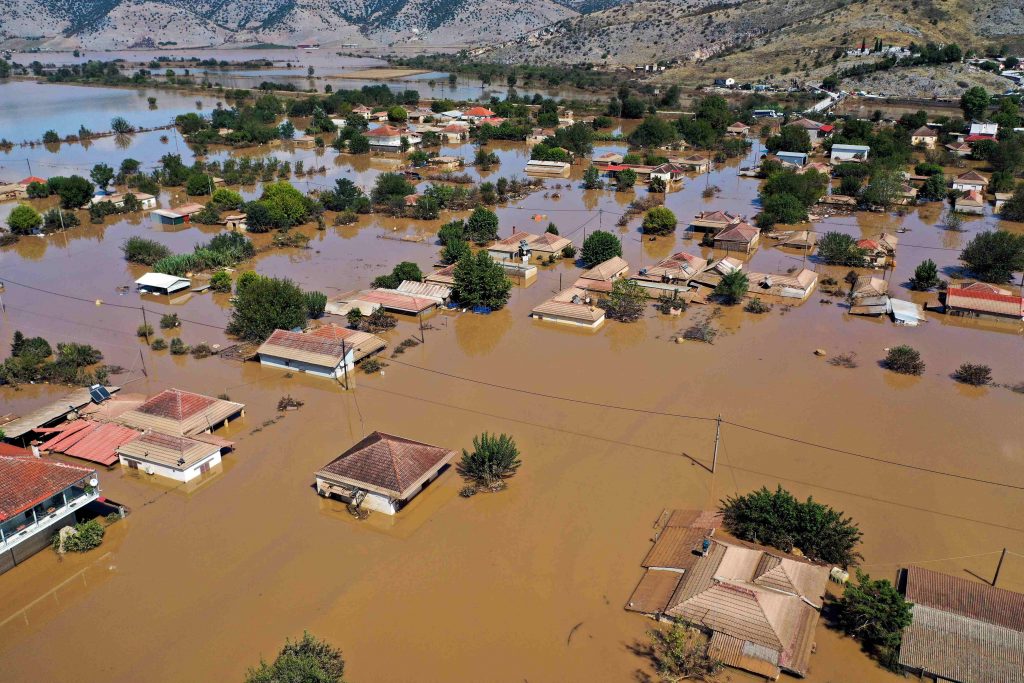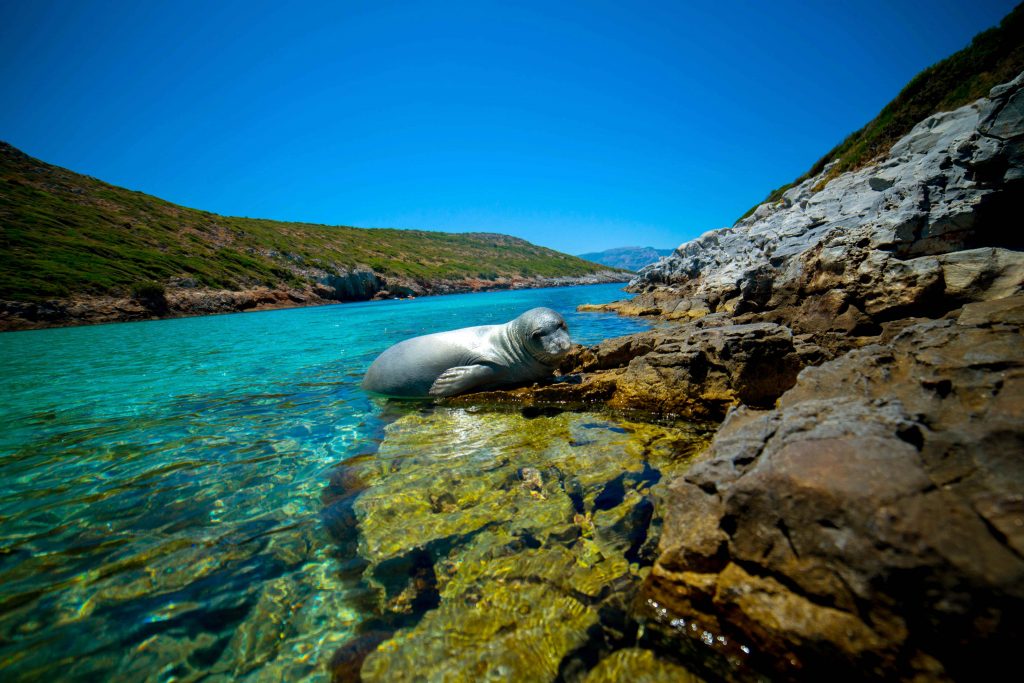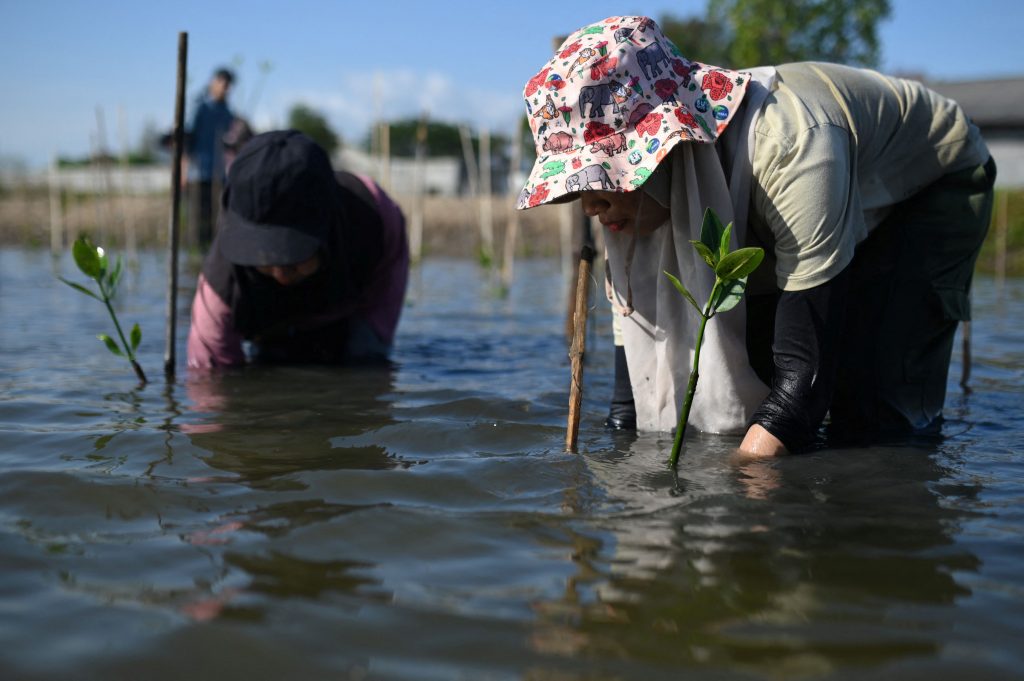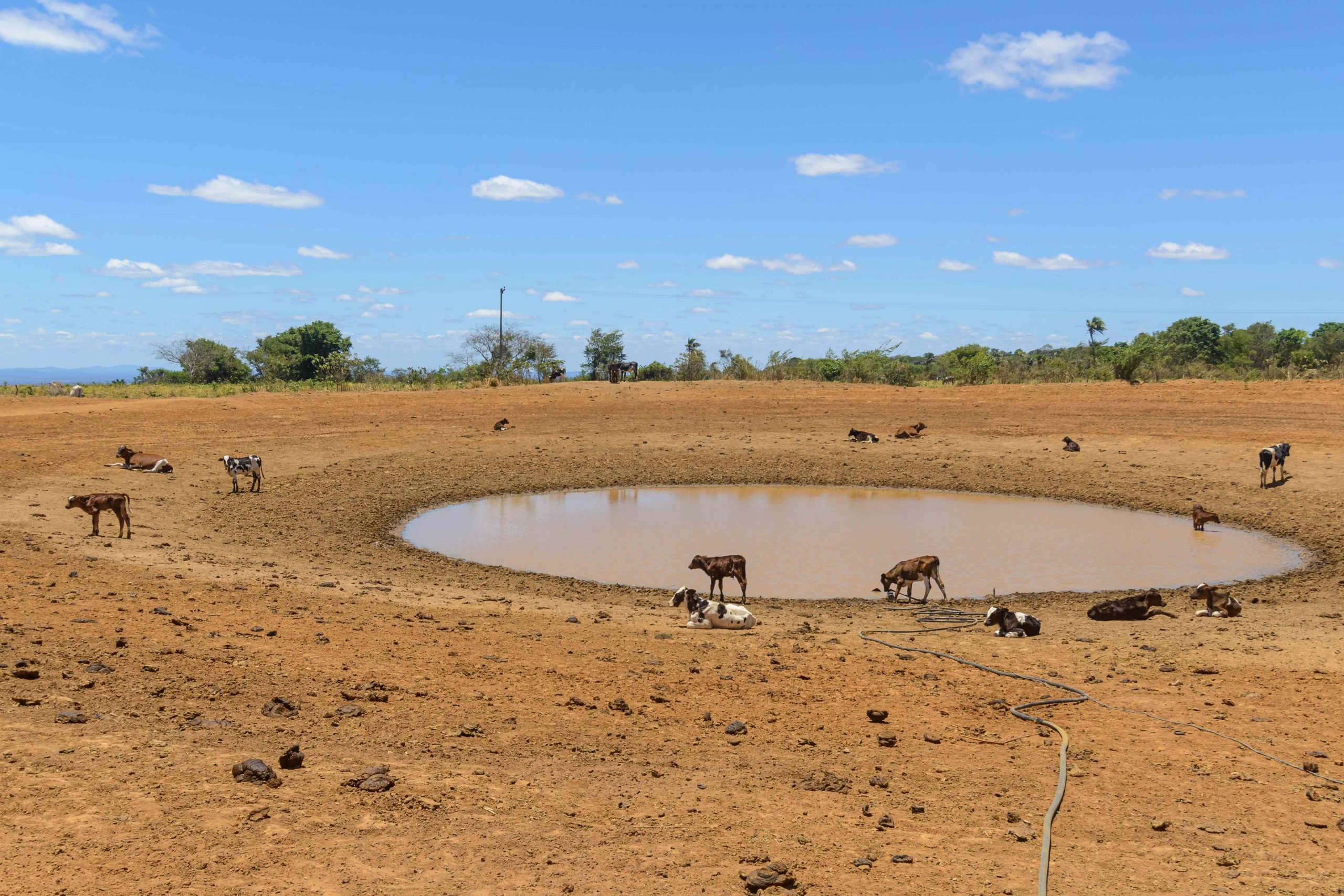This year’s United Nations World Environment Day coincided with a heat-wave and related fires in Greece, lethal temperatures in India, and other extreme weather incidents around the world.
Climate change’s permanent impact on weather patterns further underscores the UN’s message: that we must urgently restore land, combat desertification, and build drought resilience.
Established by the United Nations General Assembly in 1973, World Environment Day is the largest international event focused on the environment. Celebrated every June 5, it is coordinated by the UN Environment Program (UNEP).
Millions came together for this week’s #WorldEnvironmentDay, online and in person, to call attention to land restoration action needed for a sustainable future.
Thank you for being part of #GenerationRestoration! Look back: https://t.co/UOaTR3BTWk pic.twitter.com/A6A0hUiERg
— UN Environment Programme (@UNEP) June 8, 2024
Traditionally focused on land-based environments, it now also embraces climate action and marine conservation in recognition of the inextricable link between land and seas.
State of the Environment in Greece
Speaking to To Vima English Edition, Professor Kostas Lagouvardos, Research Director of the National Observatory of Athens, noted that “Over the past 30 years, the mean value of temperatures in Greece has risen by 1.5 degrees Celsius and by as much as 2 degrees in northwest Greece.”
“Heatwaves have increased in frequency and duration, with 600 extreme weather and flood episodes since 2000,” he added.

Flooded land in the village of Vlochos 7 days after the storm Daniel, in Karditsa, Greece on September 11, 2023/ Nick Paleologos, SOOC
Turning to how Greece can have more floods but still face risks related to desertification and drought, Lagouvardos explained that “There have been no significant changes in the amounts of rainfall over the past 30 years. But we do have longer periods with no rain now, and more days with heavy rain which, the earth cannot absorb and unfortunately the precipitation is lost to the sea. Importantly, we have much less snow. Snow is essential because it melts slowly and there is time for the water to be absorbed by the earth.”
According to UNEP, the changes in the climate have had a tremendous impact on the Mediterranean basin, which is “the world’s second largest biodiversity hotspot, but where 16 per cent of forest species are threatened with extinction, in part due to climate-driven longer drought periods, extreme heat waves and wildfires.”
A recent report on species survival, known as the Red List Index, shows that a shocking 21.5% of the 11,500 plant, animal and fungi species in Greece are at risk of extinction.
This breaks down to 28.3% of birds, 31.3% of mammals, 13.3% of reptiles, 34.6% of amphibians and 21.5% of invertebrates.
But despite all of the bad news, all is not lost. The Red List shows that interventions can make a difference, as evidenced by the success of the conservation efforts focused on the Caretta caretta sea turtle and monk seal.

A Mediterranean monk seal in the shores of Samos island, eastern Aegean.
This positivity and determination are echoed by the Executive Director of UNEP, Inger Andersen, who recently said: “For too long, economic development came at the expense of the environment. Yet today we see global efforts to usher in a comeback for nature.”
Land Restoration: the Key to Our Survival
The United Nations Environmental Protection Agency (UNEP) has declared 2020–2030 the “Decade of Ecosystem Restoration.” With the help of the Food and Agricultural Organization (FAO), it is now rallying global forces around its targets.
The initiative aims to prevent, halt, and reverse the degradation of ecosystems on every continent and in every ocean. Its target is to have restored 350 million hectares of degraded terrestrial and aquatic ecosystems by 2030.

Students plant mangrove saplings at Mangrove Park Lampulo, marking the World Environment Day in Banda Aceh, Indonesia, June 5, 2024. REUTERS/ Riska Munawarah
Achieving this target could generate $9 trillion in ecosystem services and remove 13 to 26 gigatons of greenhouse gases from the atmosphere. “The economic benefits of such interventions exceed nine times the cost of investment, whereas inaction is at least three times more costly than ecosystem restoration,” notes UNEP.
And if the purely economical argument isn’t enough, UNEP warns that 40% of the world’s land is currently degraded and 80% of the EU’s habitats are in bad shape. What’s more, if we don’t make drastic changes, 95% of the Earth’s land areas could be degraded within 30 years.
The need for urgent action led to the EU approving the Nature Restoration Law, which mandates that member countries must restore at least 20% of their degraded habitats by 2030, 60% by 2040, and 90% by 2050.
Desertification and Drought Resilience
Two other targets are closely connected to the need for land (and sea) restoration: fighting desertification, which is the degradation of land and loss of productivity due to human activities and climate change, and building drought resilience.
Desertification affects 3.2 billion people worldwide and costs 10% of global GDP per year says UNEP, and Southern European countries including Spain, Italy and Greece are particularly vulnerable to desertification due to a combination of the climate, the impact of climate change, and land-use practices.
Desertification reduces agricultural productivity, increases water scarcity, causes biodiversity loss, increases carbon emissions, and incurs rehabilitation costs.
Hear from @francescfont_ what it means to ‘become a #farmer again’.🚜 Francesc increases his farm’s profits & resilience while fostering biodiversity & #SoilHealth 🌱
Learn how you can be part of the #RegenerativeAgriculture Revolution👇https://t.co/3zOyNRARwr pic.twitter.com/AP2cc2I96s
— EIT Food (@EITFood) June 10, 2024
In response, the United Nations established the Convention to Combat Desertification (UNCCD) in 1994, with 122 countries committing to Land Degradation Neutrality targets since. Greece ratified the agreement the same year.
The solutions highlighted in the UNCCD include sustainable land management, reforestation, water management, community involvement, policy and legislation.
In preparation for World Environment Day, the UN revealed that by 2050, three quarters of the world’s population will be affected by drought.
Building drought resilience, which is the ability to cope with and respond to drought long-term, is also the theme of this year’s UNCCD COP16, scheduled for December 2024 in the UK. In the light of the UNEP data, this conference, which is expected to be the largest-ever international gathering focused on land and drought, is most urgently needed.
What you can do
While the above-mentioned facts and figures seem daunting, and many of the solutions are out of the hands of an average citizen, the UN highlights that every single person can make a difference, through the simple actions. These actions should not only be done on World Environment Day, but everyday, and include:
- Get involved and stay informed
- Reduce, Reuse, Recycle
- Compost
- Buy eco-friendly products
- Reduce emissions and Track your carbon footprint and offset with carbon credits
- Reduce meat consumption
- Avoid printing and using paper







